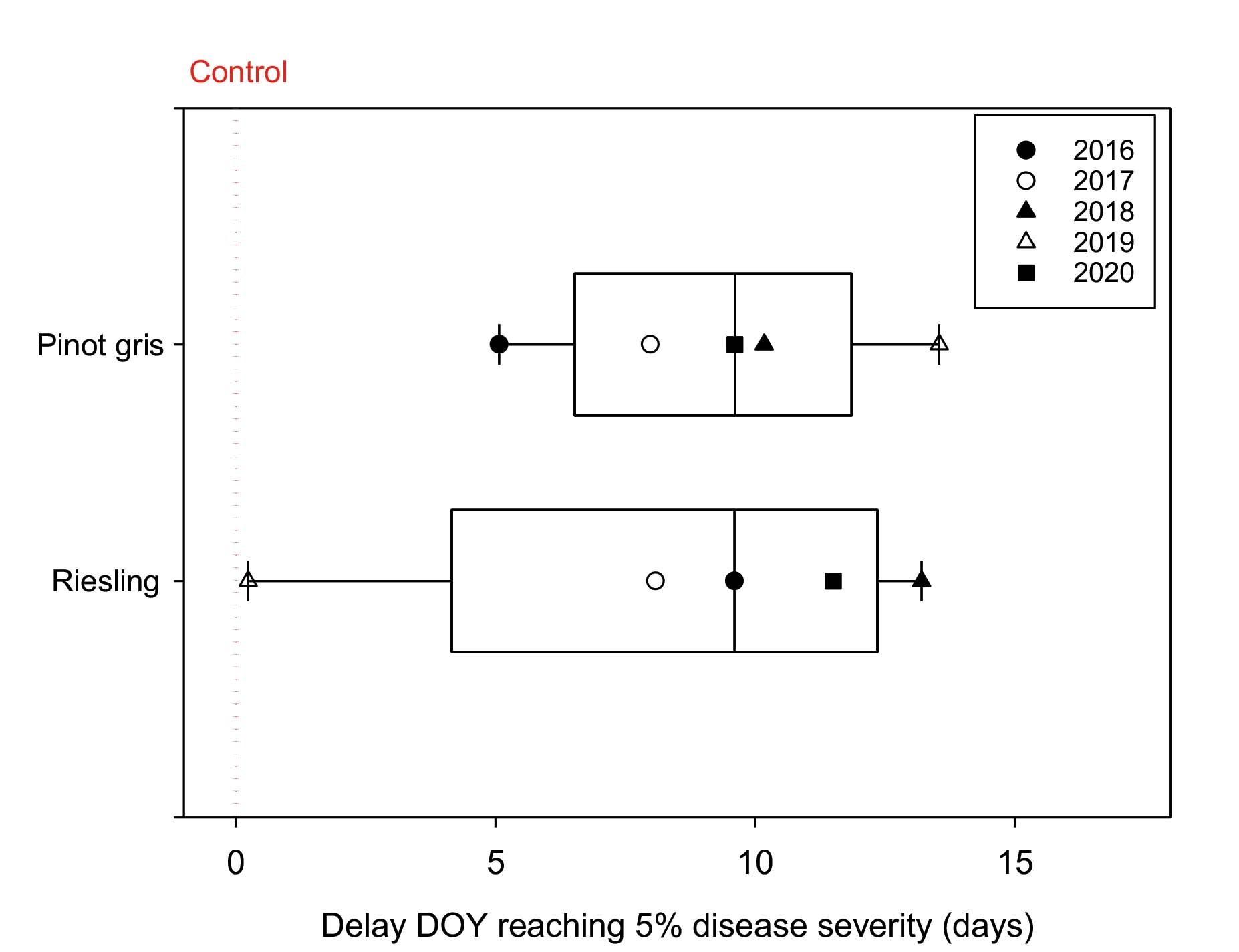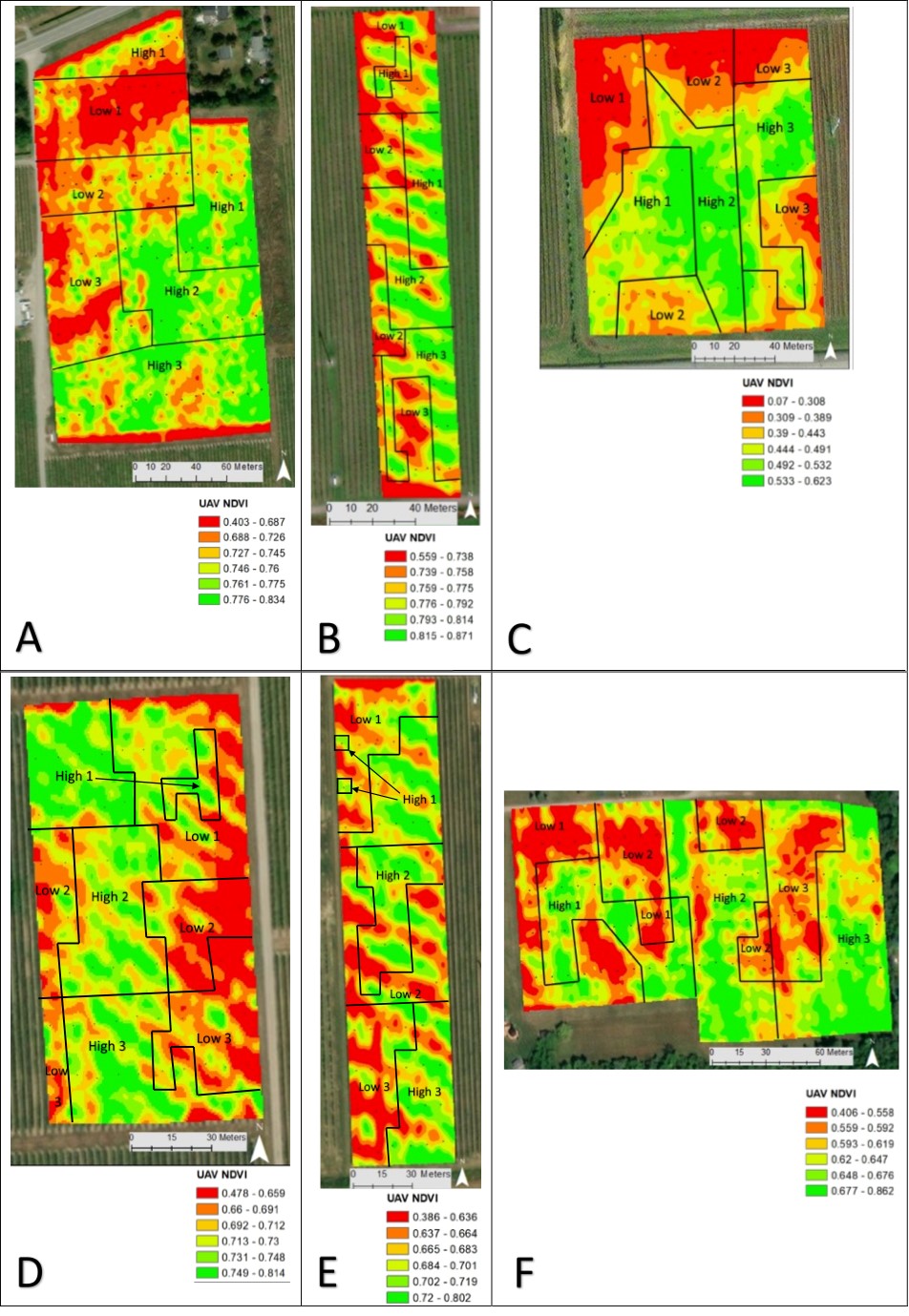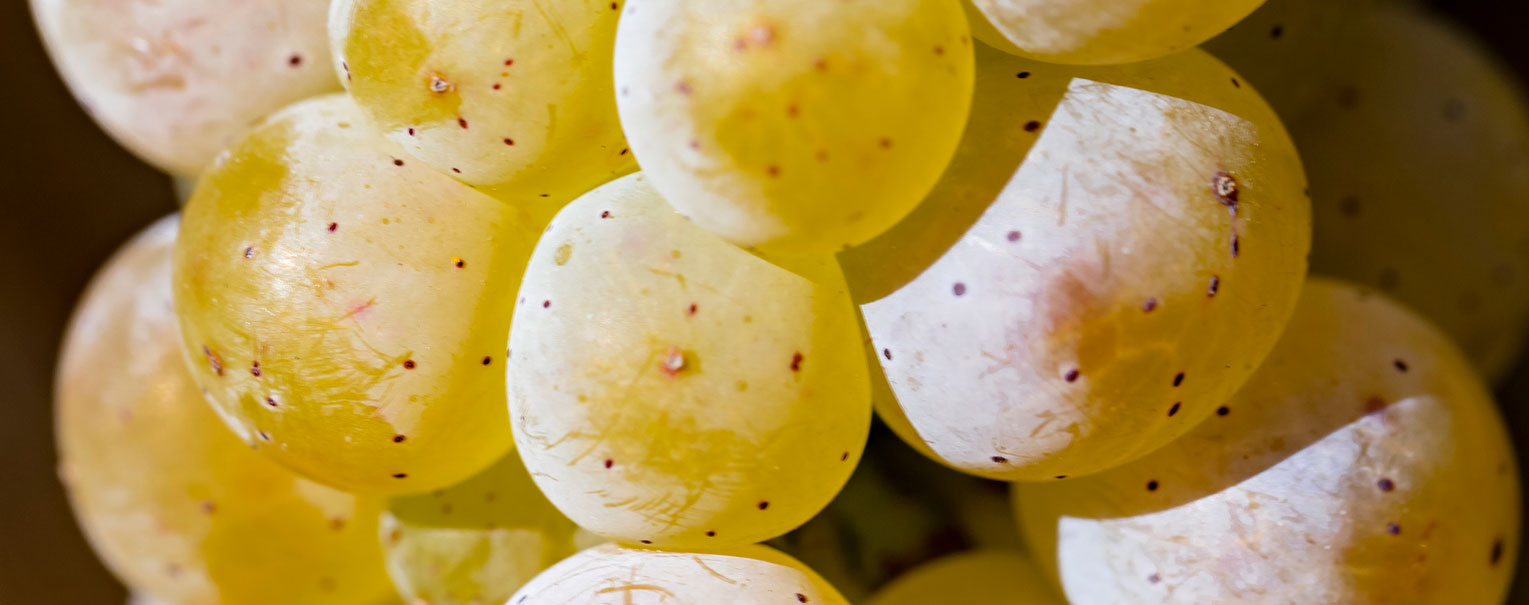Lesson 1
How partial double-pruning after bloom delays bunch rot epidemics
Here’s another potential tool in your armoury against bunch rot caused by Botrytis cinerea. You may not be able to completely suppress it under humid climatic conditions, but this new strategy seems to be effective in delaying the epidemic.Researchers in Luxembourg investigated the potential of “partial double-pruning after bloom (PDP)” to delay the bunch rot epidemic on two varieties relatively susceptible to fungal diseases – Riesling and Pinot Gris – over five consecutive seasons (2016-2020) in an experimental vineyard in Remich, in the south-east of the country. Control vines were pruned during winter to one 10-node fruiting cane per vine, while in PDP two 10-node fruiting canes per vine were kept – with one of the two canes removed 2-3 weeks after bloom (at BBCH 73).
In both treatments, one replacement spur per plant with 1 to 2 nodes was kept. In the first treatment, the cane was tied downhill, while in the PDP treatment, one cane was bound downhill and the second cane uphill. The uphill-bound cane was removed completely at BBCH 73 with a clean cut at the insertion on the older wood.
The researchers commented: “We hypothesise that increasing the bud load by retaining two canes instead of one cane per plant until approximately 2 to 3 weeks after bloom should reduce cluster compactness and delay the bunch rot epidemic.”
And it seems to have worked.
In all the 10 cultivar/year combinations, the bunch rot disease severity at the final assessment date (shortly before harvest) was lower in PDP than in the control. In 4 out of the 5 years of the study (2017, 2018, 2019 and 2020), disease severity in Pinot Gris was significantly lower in the PDP treatment than in the control. In Riesling, the disease severity at the final assessment date was lower in the PDP treatment for all five years, while differences were significant in 2016, 2017 and 2018.
PDP significantly delayed the date when 5% disease severity was reached; in data pooled over the five years this delay ranged between 10.3 (Pinot Gris) and 8.3 days (Riesling).

This diagram (above) shows the delay of the day of year reaching 5% disease severity in the treatment “partial double-pruning after bloom” compared to the control in 2016-2020 in the Pinot Gris and Riesling cultivars. The delay of the epidemic due to PDP was 5.1 to 13.5 days in Pinot Gris (average delay: 10.3 days) and 0.2 to 13.2 days in Riesling (average delay: 8.3 days).
Also, the proportion of non-marketable fruit was significantly reduced by 41% (Pinot Gris) and 53% (Riesling).
As with many methods of improving grape quality, PDP reduced total yield per plant by 10% (Pinot Gris) and 19% (Riesling), with a significant increase in total soluble solids at harvest in the case of Riesling. An additional evaluation in the year 2020 revealed reduced cluster compactness in PDP for both cultivars.
‘PDP may contribute to increasing the potential wine quality’The report notes: “The observed delay of the epidemic is of special interest for relatively cool climate grapegrowing regions, where the date of harvest is frequently determined by crop health status rather than by optimum grape maturity. Here, the delay of the epidemic creates a temporal as well as a maturation buffer before the grapes reach a disease severity threshold that forces the grower to harvest and thus increases the chances of reaching the status of full grape maturity. Since wines from late-harvested grapes are often perceived as being of higher quality, PDP may contribute to increasing the potential wine quality.”
The researchers believe the efficiency of PDP against bunch rot infections is likely related to “a lower cluster compactness or a devigorating effect on single shoot growth by the increased bud load, which might improve the canopy microclimate after the removal of the second cane”.
As for the extra work in removing the second cane, the researchers say it worked out at approximately 10 hours per ha. But they say this is time well spent: “Compared to the time demand of other cultural practices, such as manual cluster-zone leaf removal or cluster division (75-100 hr/ha) or the costs for the application of botryticides or bioregulators, PDP represents a relatively cost-effective operation with high efficiency.”
They also say the time could be reduced by fixing the second cane in Pendelbogen style, so it’s easier to get to and remove, rather than wrapping it around the wire.
The report, published in Oeno One, concludes: “PDP turned out to be an innovative, efficient, reliable and relatively cost-efficient cultural practice to delay the bunch rot epidemic in grapes. It can be integrated as one module into the best practice strategy to control bunch rot and contributes to pesticide reduction in viticulture.”
Other control strategies, besides the routine application of fungicides, include:
- Leaf removal in the cluster zone;
- Cluster division;
- Late primary shoot topping;
- Artificial shading;
- And flower debris removal.
- Botryticide application (fenhexamid) delays the epidemic by 0.1 to 3.8 days;
- The application of bioregulators (prohexadione-Ca; gibberellic acid) by 0.3-2.5 days;
- Flower debris removal by 3.7 days;
- Cluster-zone leaf removal by 7.3 days;
- Late first shoot topping by 4.3 days; and
- Cluster division by up to 28.2 days.
Lesson 2
How shading cloths can mitigate the effects of climate change
For centuries, the message has been: maximise bunch exposure to reduce bunch rot and improve the quality of Riesling grapes; shading is detrimental to grape quality as it delays ripening, increases acidity and enhances unripe, herbaceous flavours and aromas in the resulting wines.However, in the case of Riesling, increased sun exposure during grape ripening may lead to the development of a premature ‘aged’ character in the finished wine, linked to increased concentrations of 1,1,6-trimethyl-1,2-dihydronaphthalene (TDN). A potent odorant, TDN is characteristic of aged Riesling wine through its association with the kerosene-like aroma. It is thought to evolve from non-volatile precursors formed through the biodegradation of carotenoids which are involved in light protective mechanisms during ripening. Ultimately, TDN precursors accumulate in grapes as a response to increased light exposure during berry development.
But a new study in Australia, that investigated the effect of both light quality and quantity on TDN concentration in Riesling wines – by altering the wavelength ranges encountered at the bunch zone via photoselective shading (coloured netting) – has set out to shed new light on the ability of photoselective shading to reduce TDN concentrations in wine while maintaining the canopy and overall photosynthetic capacity of the vines, with the overall objective of producing Riesling wines that can be selectively lower in TDN without sacrificing overall wine flavour.
A common practice in horticulture, photoselective shading has only received limited attention in viticulture. But, given the emerging effects of climate change, there has been renewed interest in reconsidering traditional vineyard management practices, including approaches for reducing bunch zone sun exposure.
This study evaluated the use of three different coloured shade cloth (SC) treatments applied to the bunch zone of Riesling vines across two growing seasons (2018 and 2019) compared with a non-shaded control treatment. The resulting grapes and wines from a commercial vineyard in Eden Valley, South Australia, were monitored via chemical and sensory analysis to highlight the effects of the photoselective shading treatments.
The findings
- Photoselective shadings resulted in slight delays in sugar maturity, which were less evident for grapes grown under red SC compared to grapes grown under green or black SC.
- It also resulted in significant changes to malic acid, titratable acidity and juice and wine pH.
- Grapes and wines from these treatments over two consecutive vintages (2018 and 2019) showed a consistent decrease in the amount of TDN (total or free) and monoterpenes.
- Wine made from grapes grown under red SC wines had a lower pH which might have further altered its aroma profile.
- Bunch zone shading through shade cloth was effective in reducing overall photosynthetically active radiation compared to the control and the photoselectivity of the SC treatments differently affected a number of grape and wine measures.
- Fruit yield was somewhat but not significantly lower under black SC treatments, while juice pH was increased in grapes grown under green and black SC across both vintages compared to the control.
- Both grape sugar accumulation and ammonia nitrogen showed marginal evidence of treatment effects.
- While there were some differences observed between the wines made from grapes grown under red SC compared to the black or green SC treatments with respect to volatile composition, these were diminished when pH adjustment was made.
- The overall effect appears to reflect reductions in overall light quantity compared to the control (fully exposed treatment) rather than changes in light quality due to photoselective shading.
Lesson 3
How unmanned aerial vehicles can help improve the quality of wines
A recently published study found that remote sensing using an unmanned aerial vehicle (UAV) could identify vineyard variability and therefore help with zonal harvesting of vineyard blocks to produce wines that are sensorially differentiable.The study was carried out in six small commercial Riesling vineyards across the Niagara Peninsula in Ontario, Canada. A UAV collected multispectral data, which were used to calculate the normalized difference vegetation index (NDVI). Grapevines (≈ 80) in a grid pattern were geo-located within each block and vineyard UAV NDVI maps were used for zonal harvesting of geo-located vines in areas corresponding to high vs low NDVI. Wines made from these zones were then compared chemically and sensorially.

UAV NDVI zonal maps used for the harvesting of Riesling wines of High vs Low NDVI and associated three field replicates. Vineyard sites from top left to bottom right are: A) Buis; B) Pondview; C) Château des Charmes; D) George; E) Hughes; F) Cave Spring.
Overall, wines created from high vs low NDVI zones differed inconsistently in their basic wine composition, apart from pH. However, sensorially, for certain sites and vintages, panellists distinguished between wines made from high vs low NDVI zones using a sorting task. There was a trend for groupings of low NDVI wine replicates being described as citrus (Buis 2017, Pondview 2017, CDC 2017, Cave Spring 2017) and groupings of high NDVI wines being described as fruity/stone fruit/tropical fruit (CDC 2017; Hughes 2016, Cave Spring 2017) and floral (Buis 2017, CDC 2017).
“These results indicated that remote sensing has the potential to be used for the selective harvesting and the production of zonal wine products that are sensorially distinguishable from one another,” the research concluded.













.png)






